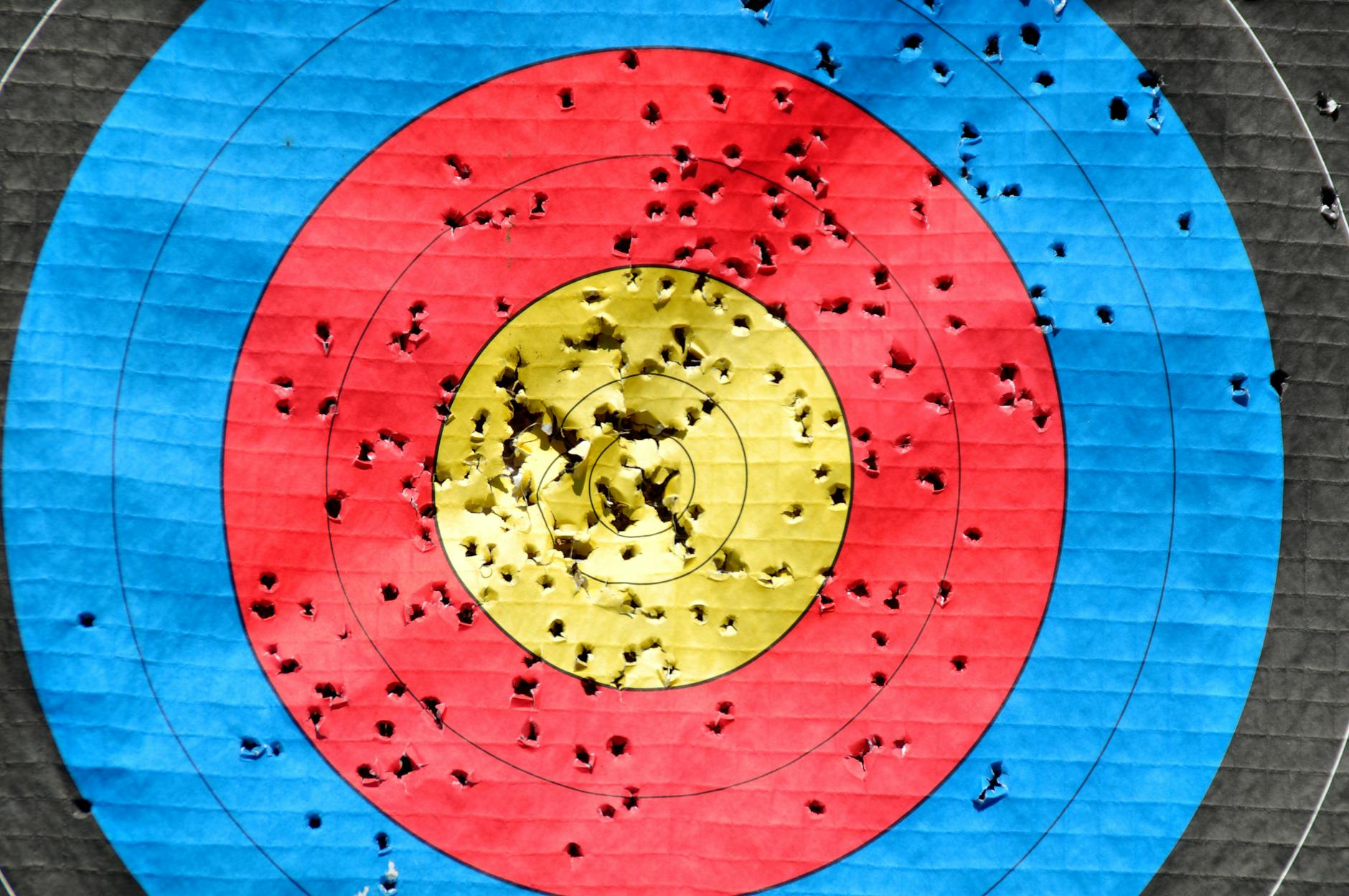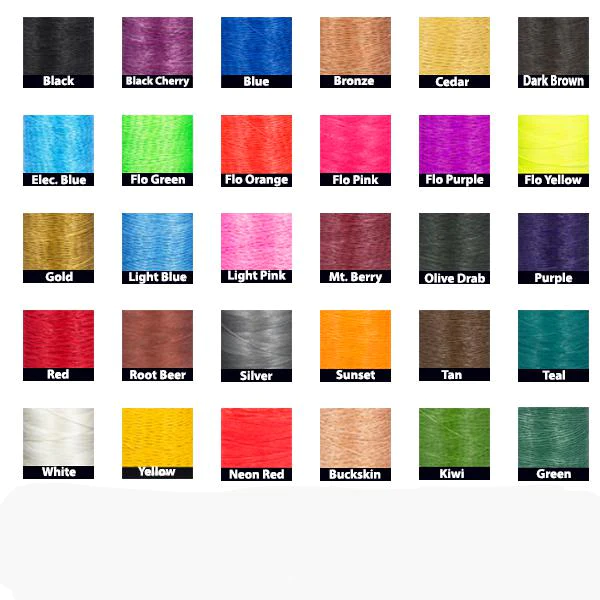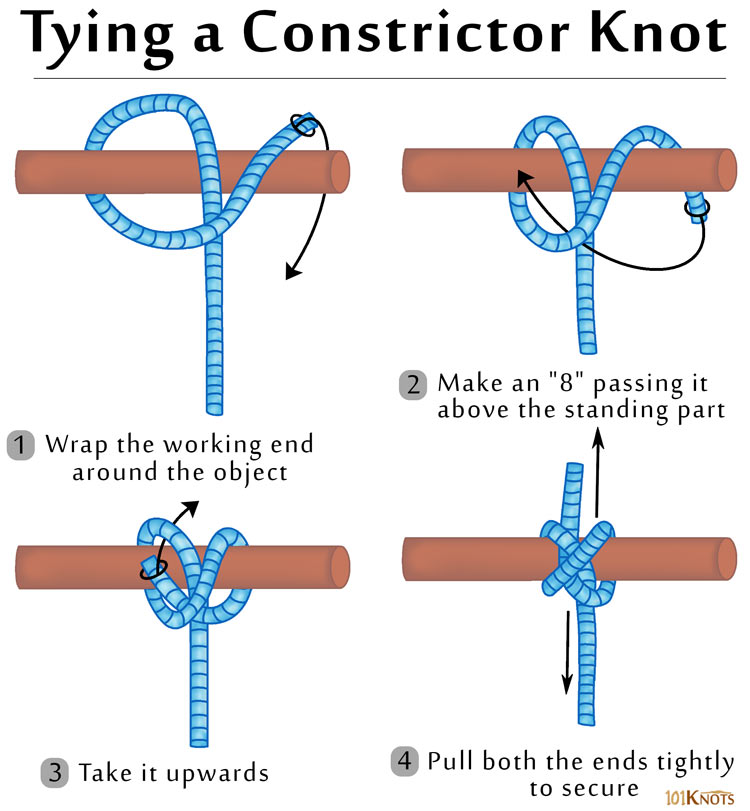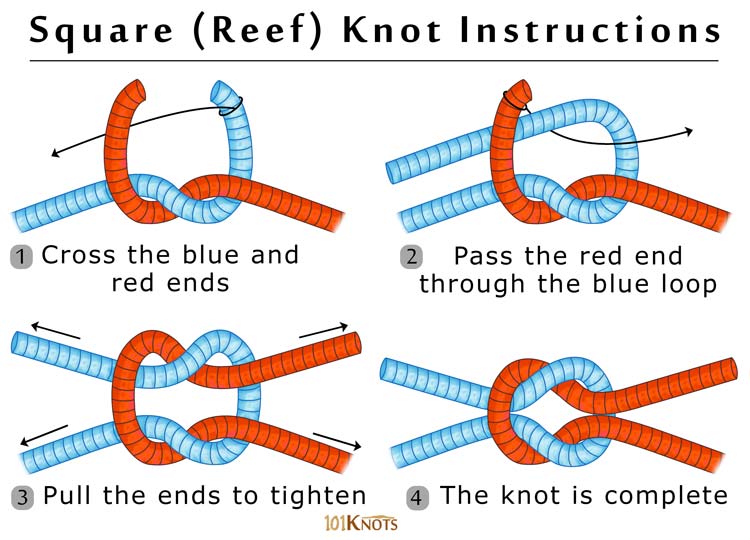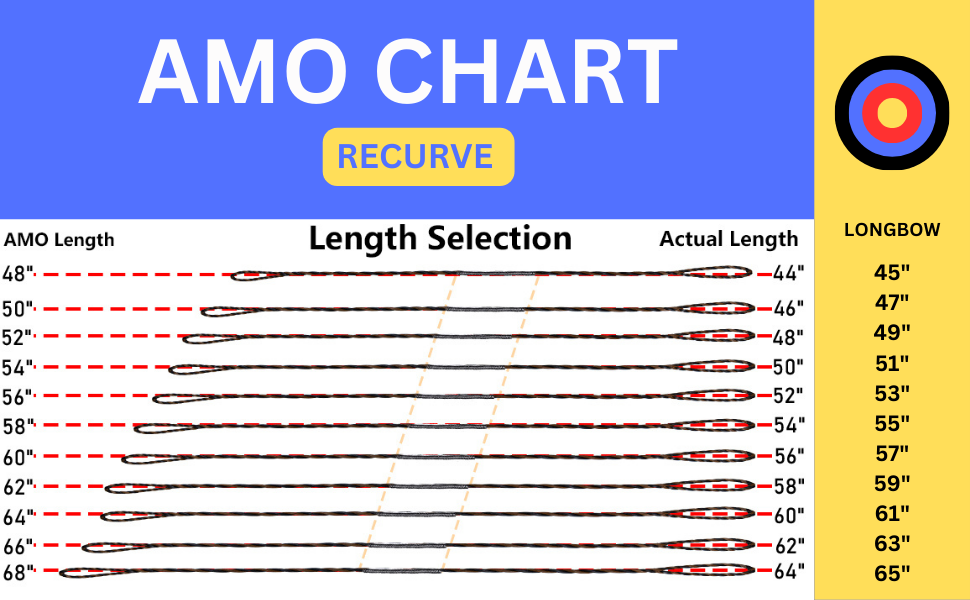Shooting D-55 strings offers several advantages, primarily related to bow performance and shooting feel. B55 and Dacron (D50) are identical except for their diameter. So as far as performance goes they are basically the same. D-55 strings are known for their smooth draw, quiet operation, and potential for increased accuracy, especially with bows that may require more “give” on the string.
Here’s a more detailed look at why archers might choose D-55 strings:
1. Smooth Draw and Feel: D-55 strings offer a smoother draw than stiffer strings like D-97 or Fast-Flight, leading to a more comfortable shooting experience and potentially a more consistent release.
2. Quiet Operation: While not as quiet as dedicated string silencers, D-55 strings tend to be quieter than other string materials, which can be beneficial in certain shooting environments.
3. Potential for Increased Accuracy: The smoother draw and lower stretch of D-55 strings can sometimes lead to more consistent and accurate shots, especially for archers who find that a softer string better suits their bow and shooting style.
4. Compatibility with Certain Bows: D-55 strings are particularly well-suited for recurve bows and traditional bows without reinforced limb tips, as well as some older compound bows.
5. Durability: While D-55 strings are not as durable as modern materials like Spectra, they are still a durable option and offer good longevity.
In essence, D-55 strings provide a balance between performance, smoothness, and quietness, making them a popular choice for archers who prioritize feel and consistency, especially in traditional or recurve archery.
The B-55 bow string is the most forgiving string, and if your top priority is quietness and smoothness, then this is the string for you.
